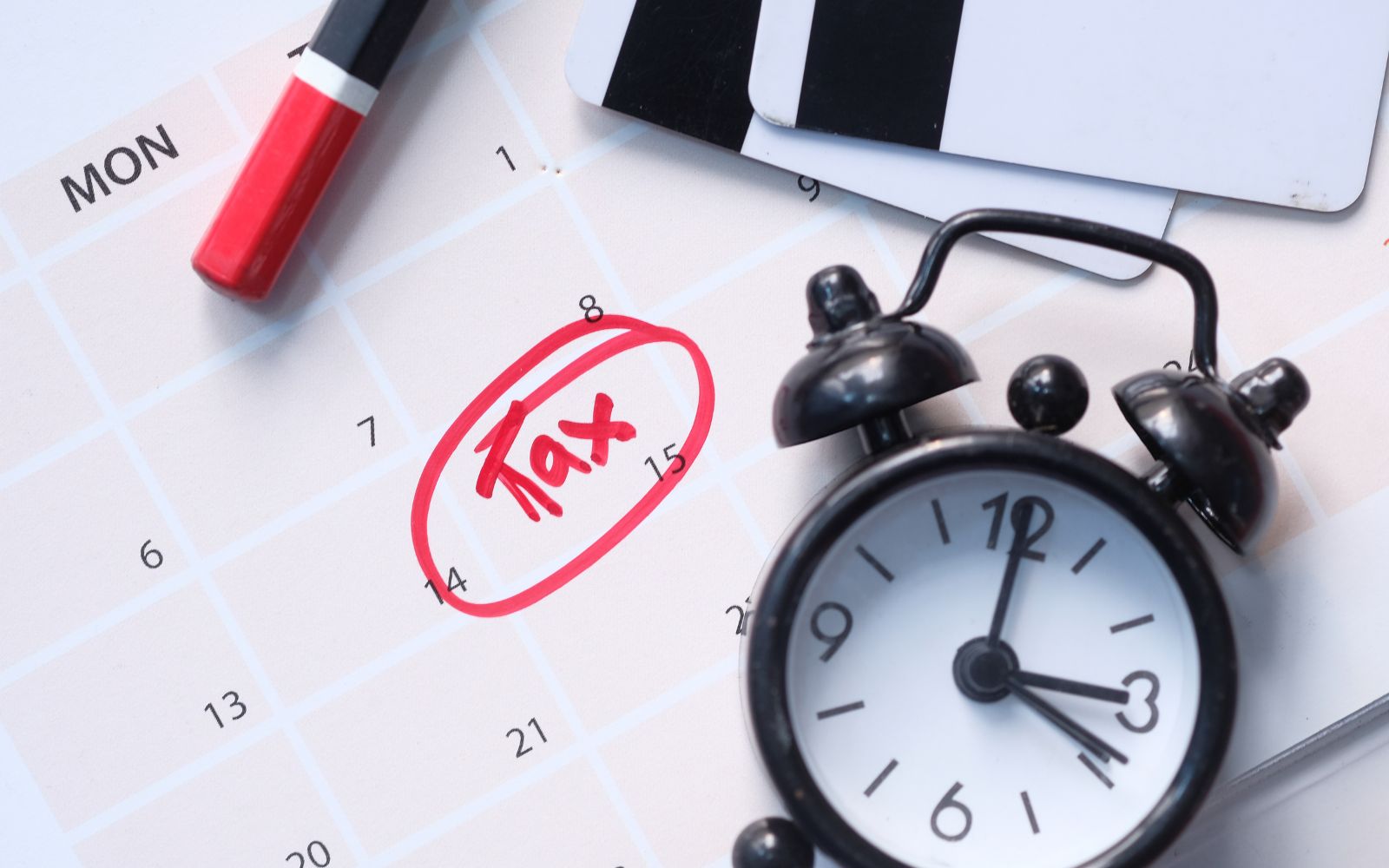Workplace pension contributions rise takes effect

An increase in the minimum contributions employers and their staff must pay into their automatic enrolment workplace pension scheme took effect from 6 April 2019.
From that date, the employer minimum contribution has risen from 2% to 3%, while the staff contribution also increased from 3% to 5%. As part of the ‘phasing’ process, the increases mean that total contributions for employees have gone up from 5% to 8%. It is the employer’s responsibility to ensure that these increases are properly implemented.
The increases do not apply to employers using defined benefits pension schemes.
The amount that the employer and the employee pay into the pension scheme will vary depending on the type of scheme chosen and its associated rules. The employee contribution may also vary depending on the type of tax relief applied by the scheme. The majority of employers use pension schemes that from April 2019 require a total minimum of 8% contribution to be paid. The calculation for this type of scheme is based on a specific range of earnings. For the 2019/20 tax year this range is between £6,136 and £50,000 a year (£512 and £4,167 a month, or £118 and £962 a week).
For calculating the minimum contributions payable for this type of scheme the following amounts are included:
- salary;
- wages;
- commission;
- bonuses;
- overtime;
- statutory sick pay (SSP);
- statutory maternity pay (SMP);
- ordinary or additional statutory paternity pay;
- statutory adoption pay.
Although most pension schemes use these elements for calculating contributions, it might be a good time to recheck the scheme documents to make sure everything is in order.
All employers with staff in a pension scheme for automatic enrolment must ensure that they implement the changes and ensure that at least the new minimum amounts are being paid into their pension scheme. This applies whether the employer set up a pension scheme for automatic enrolment or they are using an existing scheme.
The Pensions Regulator provides an online contributions calculator to help employers work out costs for each member of staff. The calculator can be found at https://www.thepensionsregulator.gov.uk/en/employers/work-out-your-automatic-enrolment-costs.
No action is required where an employer does not have any staff in a pension scheme for automatic enrolment, or if amounts above the statutory minimum are already being paid. However, employers still need to assess anyone who works for them each time they are paid, and put them into a pension scheme if they meet the criteria for automatic enrolment. The employer must contribute at least the right minimum amount at the time and any further increases required.
As well as the obligation to continue paying into the pension scheme, manage requests to join or leave the scheme, and keep records, employers are also obliged to carry out a re-enrolment check every three years to put back in any staff who have left their pension scheme.
Tax planning points
Remember that people other than the holder can invest in the holder’s pension. For example, an individual could contribute to a spouse or partner’s personal pension, or even to a child’s personal pension to allow them to start building up retirement benefits from an early age.
The number of different schemes that a person can belong to is not restricted, although there are limits on the total amounts that can be contributed across all schemes each year.
It is also worth remembering that non-earners can pay £2,880 a year into a pension and receive an automatic 20% boost to their contribution in tax relief. This means that on a contribution of £240 per month, the actual amount invested in the pension scheme will be £300.
The information available on this page is of a general nature and is not intended to provide specific advice to any individuals or entities. We work hard to ensure this information is accurate at the time of publishing, although there is no guarantee that such information is accurate at the time you read this. We recommend individuals and companies seek professional advice on their circumstances and matters.




